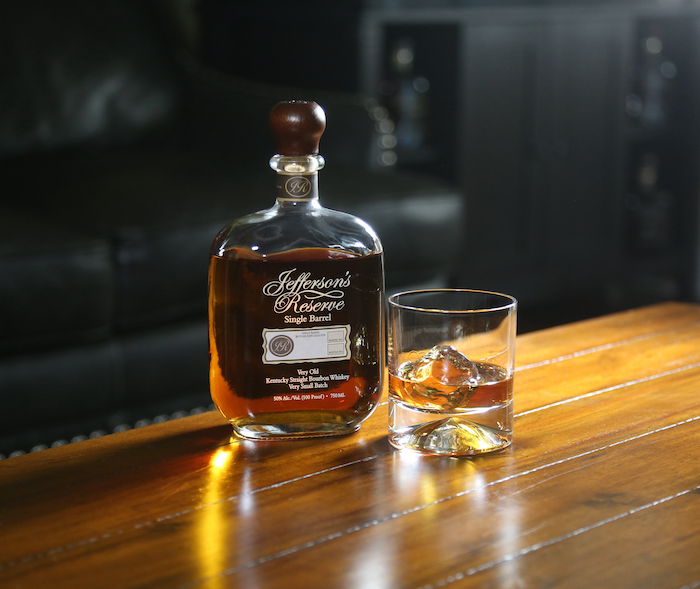About a decade ago, the phrase “sourced whiskey” elicited largely negative connotations. The rising throng of American whiskey enthusiasts at the time disliked the idea of non-distilling producers (NDP) buying others’ brown goods, bottling them and calling it their own. They accused NDPs of hiding their sources and their whiskies’ more revealing details.
But then as now, experienced drinkers understood that some of the nation’s most revered pours were sourced. And, not surprisingly, some of those outraged over NDPs’ label secrecy became fans of sourced bottles that gave rise to now-cult favorites like Willett, Old Scout, Whistle Pig, Jefferson’s, Kentucky Owl, Michter’s and others.
Would I call those NDP naysayers hypocrites? Nah. As American whiskey became the rage of the early aughts, curious wonks wanted all the deets and got irritated when denied them. I’m betting most had a change of heart when they tasted a masterfully blended Willett Family Estate bottle or a long-neglected Schenley Rye that became LeNell’s Red Hook Rye (the most expensive bottle of American whiskey ever sold at auction). Far lower prices for such rarities back then surely made it easier to cuddle up to sourced brown booze.

Modern drinkers see it differently
Since some of the finest American whiskeys ever were sourced products, does anyone really care about buying sourced whiskey today? Given the high prices many sourced whiskies now fetch, it’s hard to argue that it remains an issue. The sheer number of them still flowing onto retailers’ already sagging shelves supports that conclusion. Market opportunities don’t exist if buyers aren’t eager to purchase.
Significant is the fact that modern sourced whiskeys are often among those drinkers can actually acquire. If you can’t find or afford a Van Winkle bottle or a Michter’s 20 Year bourbon or even a bottle of hypetty horse Blanton’s, perhaps a $200 exchange for a bottle of Old Carter Bourbon is worth it. Sure, it’s sourced bourbon (albeit finished in secondary barrels and blended exceptionally well), but at least it’s different, attainable and darn delicious.
Sourcing MGP whiskey fostered the growth of brands like Pinhook, Redemption, Nashville Barrel Company, Smoke Wagon, George Dickel, Angel’s Envy, Joseph Magnus, Smooth Ambler, Willett, Old Carter and many others. (Click here for a long but surely incomplete list.) So expect them to keep sourcing.
More proof that few care if their whiskey is sourced: Observe the trend of distilleries launching as contract producers. Decades ago, distilleries were built to produce for brands they owned. If they had still time for distillate production or excess barreled maturate, both could be purchased.
Pro tip: The next time you go into a rick house, read those barrel heads closely. You might find some bearing the names of actual competitors who made that whiskey for them.
When Bardstown Bourbon Co. (BBC) began in 2015, 20 contract clients had signed on for whiskey production. BBC cozily described such contracting as “collaboration between partners,” but make no mistake, it was a shrewd business move meant to generate immediate cash flow. It makes the time-worn business model of “make it, age it and then sell it” seem antiquated and risky.
Out of the box, BBC had 1.5 million proof gallons of distilling capacity, but by the end of 2023, it’ll have 10.5 million gallons of capacity to serve its current tally of 50 contract clients. I’m betting that number will increase before then.
Green River Distilling Co. (formerly O.Z. Tyler) began with the same contract model, as did Wilderness Trail Distillery. When Log Still Distillery (Gethsemane, Ky.) comes online in July, it also will produce contract whiskey. As owner Wally Dant told me recently, “I’m tired of writing checks. I’m ready to generate some revenue!” Contract distilling income will surely re-energize Mr. Dant.
All that contracted whiskey—plus excess barrels always trickling into the market from big players like James B. Beam Distillery and Barton 1792 Distillery—has given rise to a secondary market where brokers locate and sell those barrels to NDPs. While this isn’t new to the industry, I’m told this non-traditional sales channel is expanding as never before.
NDP releases also will continue to be fueled by barrels of whiskey bought and sold as investments. Believe it or not, in an age when whiskey makers say bottles must be allocated because they’re selling every drop they make, thousands and thousands of barrels are sold to investors who hold them and flip to them other investors or NDPs. And since I’m told such investments can generate returns of 50 percent in three years, you can bet this strategy will flourish for as long as whiskey remains hot.
Clearly, modern whiskey fans don’t care much if those whiskies are sourced. And if they taste good, why should they care at all?









